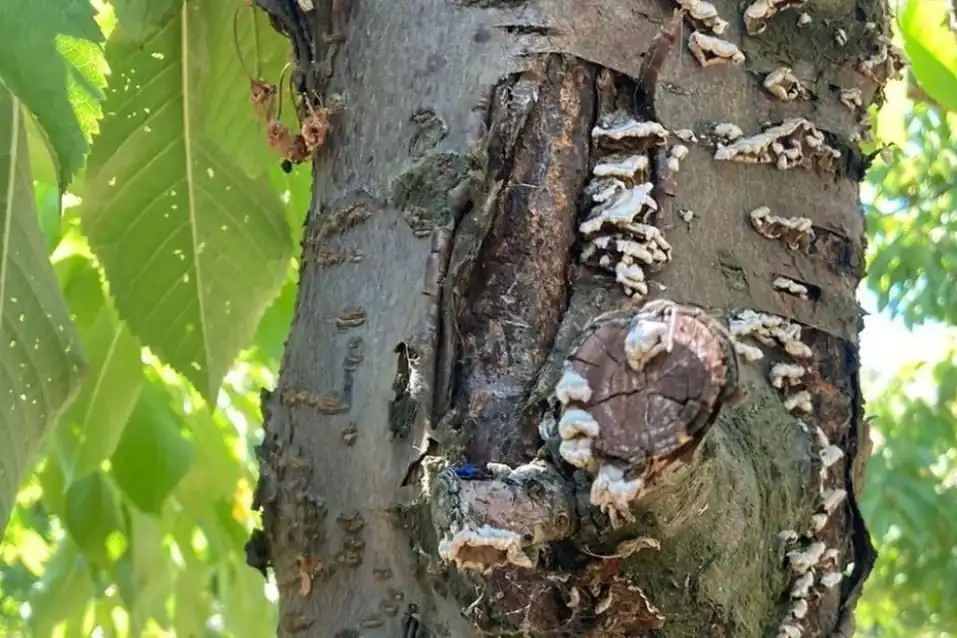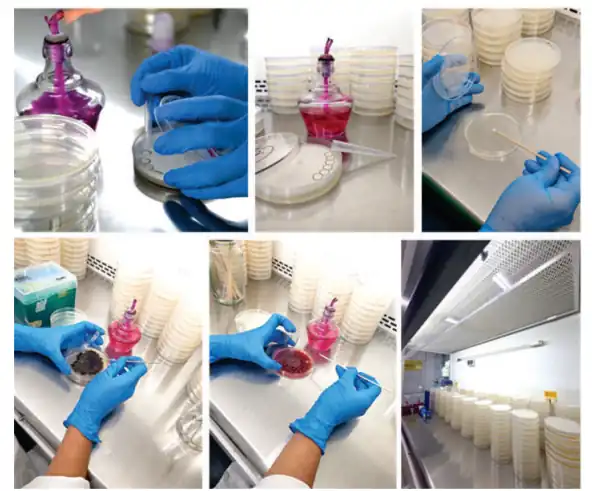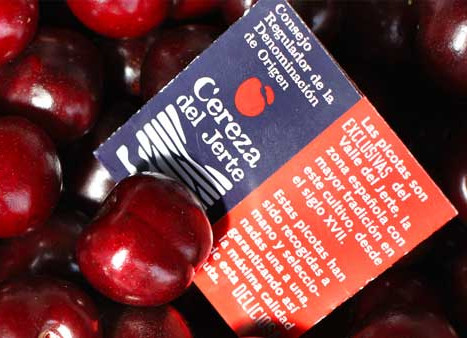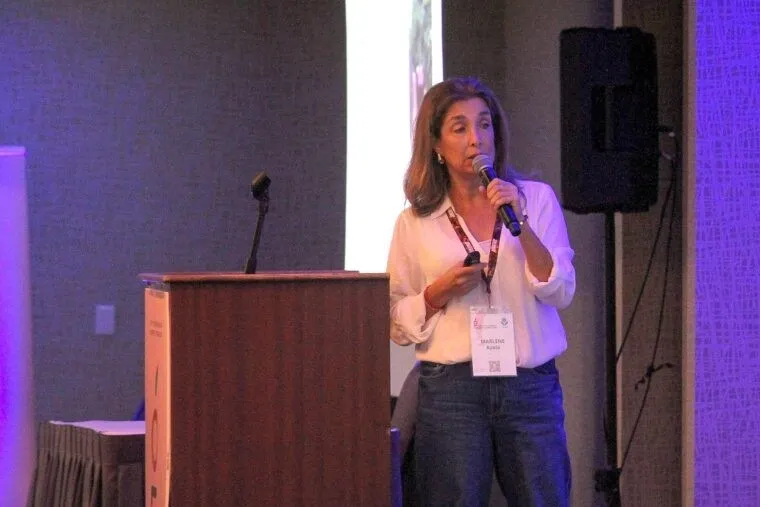A study published in Plant Disease documents the first detection in Chile and the Southern Hemisphere of this wood-inhabiting fungus, with ‘Sweetheart’ identified as the most susceptible variety in pathogenicity tests.
The industry is adapting strategies for monitoring, pruning, and nursery health in a season characterized by high volumes.
Pathogen discovery
A team of Chilean researchers reported for the first time in the country — and in the entire Southern Hemisphere — the presence of Nectria dematiosa as the cause of cankers in sweet cherry trees (Prunus avium), following a survey carried out between winter 2023 and autumn 2024, from the Maule region to Los Lagos.
The finding, published on August 20, 2025, in Plant Disease, adds a new emerging pathogen to the complex of wood diseases in Chile’s flagship fruit crop and requires updating monitoring and pruning protocols, with particular focus on wound management and nursery material health.
The authors — agronomists Daina Grinbergs, Javier Chilian, Mariana Isla, Juan F. Alfaro-Quezada, Andrés Francia, and Jorge Carrasco-Fernández — describe cankers on trunks and branches characterized by reddish pycnidia and yellowish sporodochia, along with the presence of perithecia in symptomatic tissue.
The study isolated the fungus, confirmed its identity through morphometric and multigene phylogenetic analyses (ITS, LSU, tef1-α, tub2), and verified its pathogenicity on cuttings and nursery plants: the variety ‘Sweetheart’ proved to be the most sensitive, while ‘Bing’ was the least affected, with pathogen recovery and confirmation of Koch’s postulates.

Implications for production
For the industry, timing is not irrelevant. Chile has just concluded the 2024/25 season with a historic increase in shipments and official projections estimating exports around 625,000 tons by May, with growth expected to reach 670,000 t for 2025/26, barring climatic or phytosanitary setbacks.
In a scenario of strong dependence on cherry production, each new wood pathogen increases the risk of losses due to dieback and yield decline, particularly in young orchards and replanted areas.
The detection of N. dematiosa adds to the list of wood pathogens already present in Chile — Cytospora/Leucostoma, Calosphaeria, Eutypa, Neofusicoccum, among others — and confirms a global trend: trunk diseases are advancing in stone fruits and nuts, favored by abiotic stress, frosts, pruning in humid conditions, and the use of infected material.
 Testing method for the efficacy of chemical active ingredients in inhibiting the growth of cherry wood fungi.
Testing method for the efficacy of chemical active ingredients in inhibiting the growth of cherry wood fungi.
What changes in management
Although the scientific study does not evaluate control programs, international literature on cherry cankers converges on some key practices: pruning hygiene, removal of diseased tissue with cuts below the necrotic area, and pruning in dry conditions to reduce wound infections.
In blocks with previous cases, it is recommended to strengthen tool sanitation, manage water and heat stress, and plan pruning windows carefully.
In springs marked by frosts or during replanting, wound protection and the phytosanitary quality of nursery material become critical factors.
These practices do not replace local phytosanitary decisions but represent the foundation for containing the introduction and spread of wood pathogens.
An early warning for the sector
As recent studies remind us, susceptibility varies depending on cultivar and wound conditions.
Therefore, decisions related to pruning, tying, canopy management, and replanting must take into account the phytosanitary risk associated with the area and varietal portfolio.
The confirmation of N. dematiosa in Chile should not cause panic, but it does require active surveillance: training crews to recognize symptoms, documenting outbreaks, and collaborating with laboratories when visual diagnosis is not sufficient.
In an export category that secures income for thousands of producers and workers, protecting the wood means protecting the next harvest.
Image source: DiarioFruticola
Andrea Bustos
Cherry Times - All rights reserved














